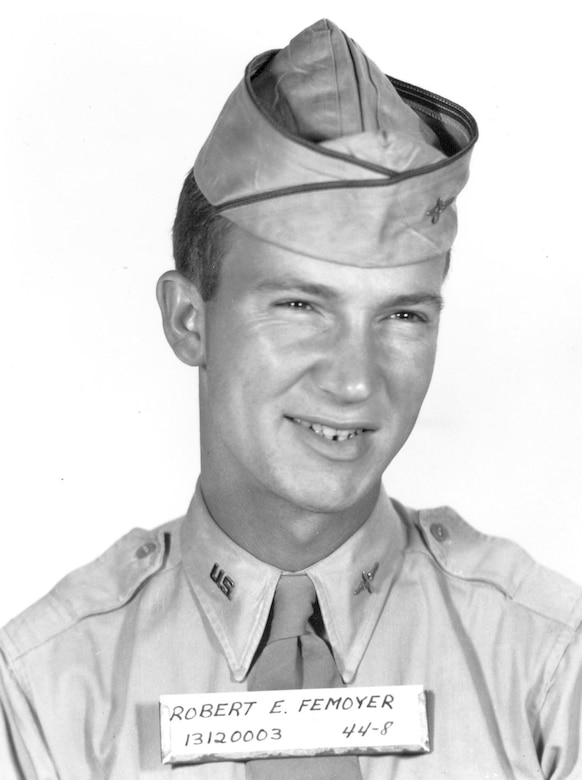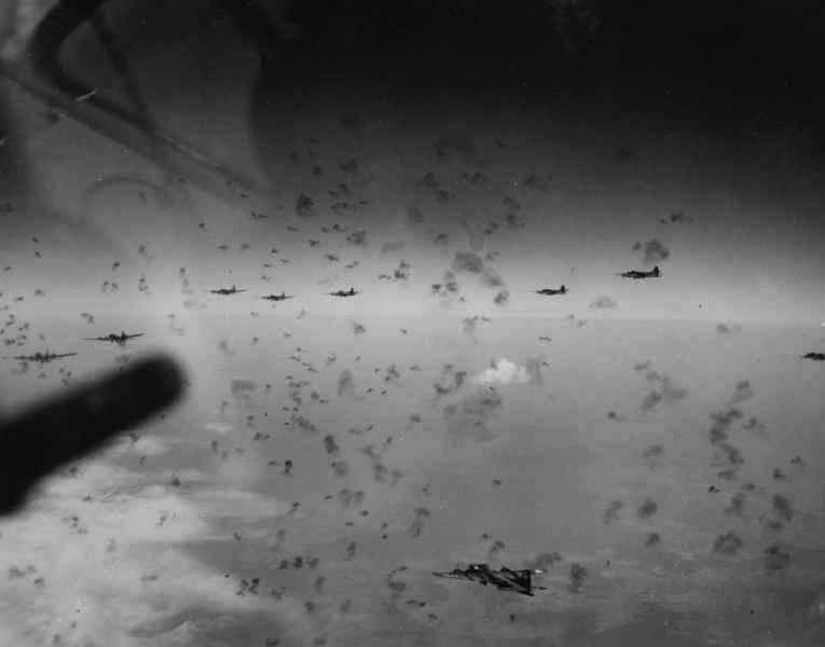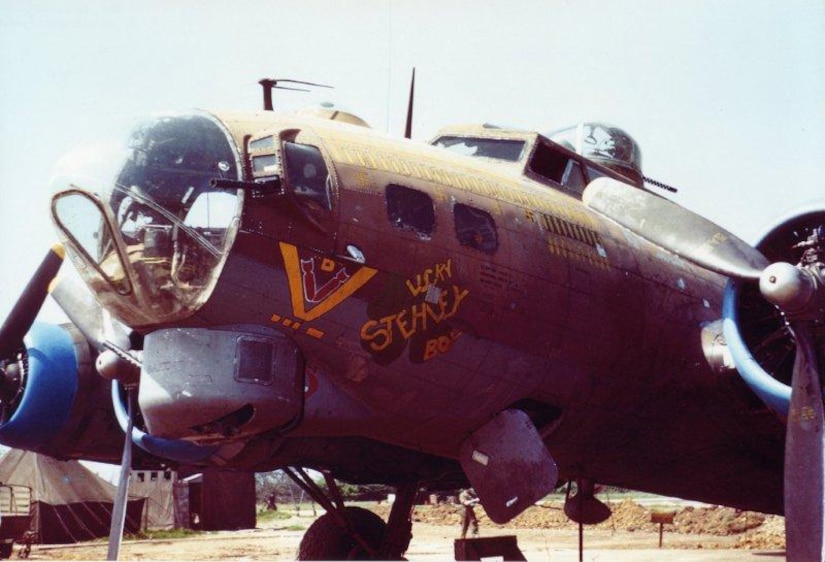Imagine being so injured that you’re struggling to stay conscious, but you know you have to stay awake so you can guide your damaged airplane home safely. That’s what Army 2nd Lt. Robert Femoyer did to make sure his crew returned from a dangerous World War II mission. He didn’t survive, but his courage and composure earned him the Medal of Honor.
Femoyer was born on Oct. 31, 1921, in Huntington, West Virginia, the eldest of two children. He was a dedicated Boy Scout and became one of only a few Medal of Honor recipients to have attained the rank of Eagle Scout.

According to the West Virginia Veterans Memorial, Femoyer was a good student and tennis player who attended Marshall College in Huntington, West Virginia, before transferring to Virginia Tech in 1940 to study civil engineering. About a year later, the U.S. joined World War II. Femoyer signed up for the Enlisted Reserve Corps on Nov. 11, 1942, and continued to attend college until he was called to active duty with the Army Air Corps in February 1943.
Femoyer was an aviation cadet after basic training, but he failed his initial attempt to become a pilot in July 1943. After a recommendation for reclassification and two more training courses in Florida and Louisiana, he finally graduated in June 1944 with his pilot’s wings. The 22-year-old was commissioned as a second lieutenant and assigned the job of navigator.
In September 1944, Femoyer deployed to England where he joined the 447th Bomb Group’s 711th Squadron. He was on his fifth mission when he was put to the ultimate test.

On Nov. 2, 1944, Femoyer and his crew were among hundreds of bombers sent to attack an oil refinery outside Merseburg, Germany, one of the most heavily defended targets in the country.
As Femoyer’s B-17 Flying Fortress neared its target, three enemy antiaircraft shells hit the plane. It was seriously damaged, and Femoyer was thrown from his seat to the floor. He suffered serious wounds to his side and back from shell fragments. He’d lost a lot of blood and was in great pain, but he refused an injection of morphine and any painkillers offered to him.
As the crew’s navigator, Femoyer knew that if he didn’t keep his head clear, he wouldn’t be able to direct the plane out of the line of fire to save his fellow airmen. Unfortunately, though, he couldn’t get up from the floor, so he had to have his comrades prop him up so he could see his charts and navigation instruments.
For the next two and a half hours, while fighting unconsciousness and sitting in a pool of his own blood, Femoyer directed his pilots through a gauntlet of enemy flak positions along the route home. They flew more than 500 miles to their airfield at Royal Air Force Rattlesden, England, without suffering any further damage.

After they landed, Femoyer finally gave in and was given a sedative for his wounds. Sadly, he died shortly after being moved from the plane.
Femoyer’s body was returned to Florida where his parents had moved. He is interred at Greenlawn Cemetery in Jacksonville.
On May 9, 1945, his parents received his Medal of Honor from an Army Air Forces major general in a small private ceremony.
Femoyer’s name and legacy live on. Virginia Tech named a building in his honor and numerous Air Force bases have streets named for him.
